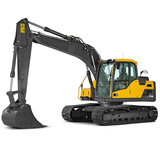Most major ports in Australia are government owned and operated by appointed ports corporations. Ports generate their income partly by levying the movement of cargo across ports and partly by leasing land and port facilities to port users. Revenue earned by companies in the Port Operators industry is expected to grow by an annual average of 5.1% over the five years to June 2010 to reach $2.35 billion.
Melbourne ports are the exit point for the largest share of exports by value, while Dampier and Port Hedland are the largest exporters by weight. Sydney dominates as the point of entry for imports. In the eight years to 2007-08 the value of imports and exports moving across Australian wharves roughly doubled in value from $154.6 billion to $303.4 billion while the weight of these goods increased by 50% to 789 million tonnes. Containerised and non-containerised trade is expected to increase in volume by 5.4% and 3.9% a year up to 2024-25.
The two factors shaping the growth and geographic spread of port operators in Australia are the boom in mining export activities and the rising price of oil. A number of resource ports will have their capacities doubled over the next five years, with the ability to handle over 100 million tonnes of cargo a year.
The largest growth in capacity will be at regional ports rather than capital city ports. Ports are not only expanding in capacity, but also proliferating in number. Recent plans have been announced to create new and large-scale commodities ports in the Mackay area of Queensland and in the Pilbara region of Western Australia. This is in contrast to the traditional trend of having one or two ports serving huge geographical areas.
During 2007 the Western Australia State Government undertook a preliminary study for a new iron ore port with a capacity of up to 300 million tonnes per year. To be located in the Port Hedland region, it is likely that the proposed port will be open for business by 2017.
In mid-2008, a plan was proposed by the Queensland State Government to build a 100-million-tonnes-per-year coal export terminal in central Queensland (between Rockhampton and Mackay), the state's first new export terminal in 25 years. The proposed site is only around 200km from the Port of Gladstone, currently Queensland's largest coal port.
One reason for not simply expanding the Gladstone port further stems from increasing nervousness in the mining industry about the price of oil and its impact on the costs of getting commodities to port. Transporting coal and ore by land is more expensive than doing so by sea and mining companies are increasingly aware that record rises in oil prices have the potential to affect their bottom line quite considerably.
Rising land transport costs and the increased intensity of mining in regional locations mean that the business case for locating ports at smaller intervals from each other is strong. IBISWorld predicts that in the long-term, an increasing number of medium-sized ports may be constructed in the resource mining regions of Queensland and Western Australia, as the port industry reshapes itself for shifting volumes.

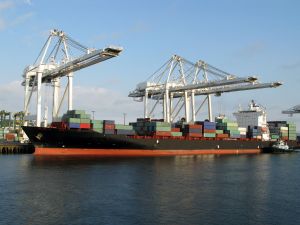


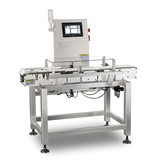
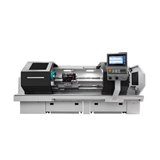




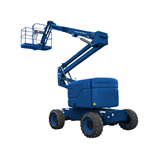


-160x160-state_article-rel-cat.png)



